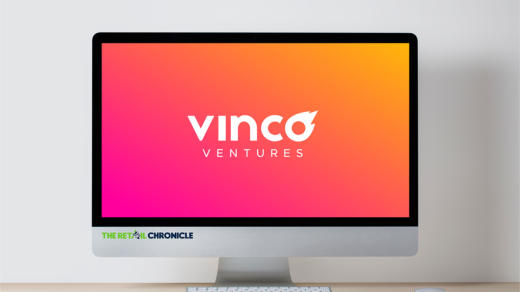Apple’s (NASDAQ: AAPL) new virtual reality headset, the Vision Pro, has already sold out after just 10 days of pre-orders. The headset costs $3,500 and is controlled by eye and hand gestures and features a high-resolution display and spatial audio. Analysts believe that Vision Pro could help VR technology reach a wider audience.

Apple Vision Pro: Features and Specs
The Vision Pro features several high-end specs, including:
- A high-resolution display with a 2160×2160 resolution per eye
- Spatial audio that creates a realistic 3D soundscape
- Eye and hand tracking for intuitive control
- A powerful processor that can handle demanding VR applications
The Vision Pro’s advanced eye and hand tracking features significantly enhance user interaction within the VR space.
Eye-tracking technology allows for more natural and intuitive control by enabling gaze-based interactions. In contrast, hand tracking enables users to manipulate virtual objects with their hands, adding a tangible and immersive element to the experience.

Underpinning these features is a powerful processor that ensures smooth and responsive performance, even when running demanding VR applications.
This processing capability is crucial for maintaining a high frame rate and reducing latency, ultimately delivering a seamless and enjoyable VR experience.
Overall, the Vision Pro is a testament to the integration of state-of-the-art hardware and design, offering users a top-tier VR headset that excels in performance and comfort.
Whether used for entertainment, education, or professional applications, the Vision Pro is poised to deliver a truly immersive and unforgettable virtual reality experience.
Sales and Impact
Within the initial 10 days of pre-orders, Apple successfully moved approximately 200,000 units of the Vision Pro headset, showcasing a robust demand for the product, even considering its premium price point.
Priced at $3,499 for the base model and reaching nearly $4,000 for the higher-powered version, the sales figures highlight a keen interest in the device among consumers.
This impressive sales performance has not only solidified Vision Pro’s position as a notable player in the VR market but has also sparked discussions among analysts about the potential for this headset to drive broader adoption of VR technology.
Despite the relatively high cost, the strong initial sales suggest that consumers are willing to invest in a device that offers advanced features, high-quality performance, and the Apple brand’s assurance of innovation and reliability.
The Vision Pro’s potential impact goes beyond just sales figures; it signifies a transformative step forward for VR technology.
With its advanced capabilities and Apple’s reputation for user-centric design, the Vision Pro has the potential to break down barriers and make VR experiences more accessible and enjoyable for a broader demographic.
As the device continues to gain traction in the market, it will be interesting to observe how its success shapes the trajectory of VR adoption and influences the development of future VR innovations.
The Future of VR
The release of the Vision Pro represents a significant stride in Apple’s commitment to virtual reality, hinting at the company’s anticipation of a broader adoption of VR technology in the future.
As technology continues to advance, and with major players like Apple investing heavily in VR, it’s plausible that the Vision Pro could play a pivotal role in shaping the future of virtual reality.

Apple’s foray into VR is indicative of a broader industry trend, where leading tech companies are recognizing the potential of VR beyond gaming and entertainment.
The Vision Pro’s robust specifications, coupled with Apple’s reputation for design and innovation, position the headset as a potential catalyst for increased interest and adoption in the VR market.
Furthermore, Vision Pro’s entry into the market could spur competition and innovation, prompting other companies to invest in the development of advanced VR technologies.
This healthy competition could lead to further advancements in hardware, software, and content creation, ultimately benefitting consumers and driving the growth of the VR market as a whole.



